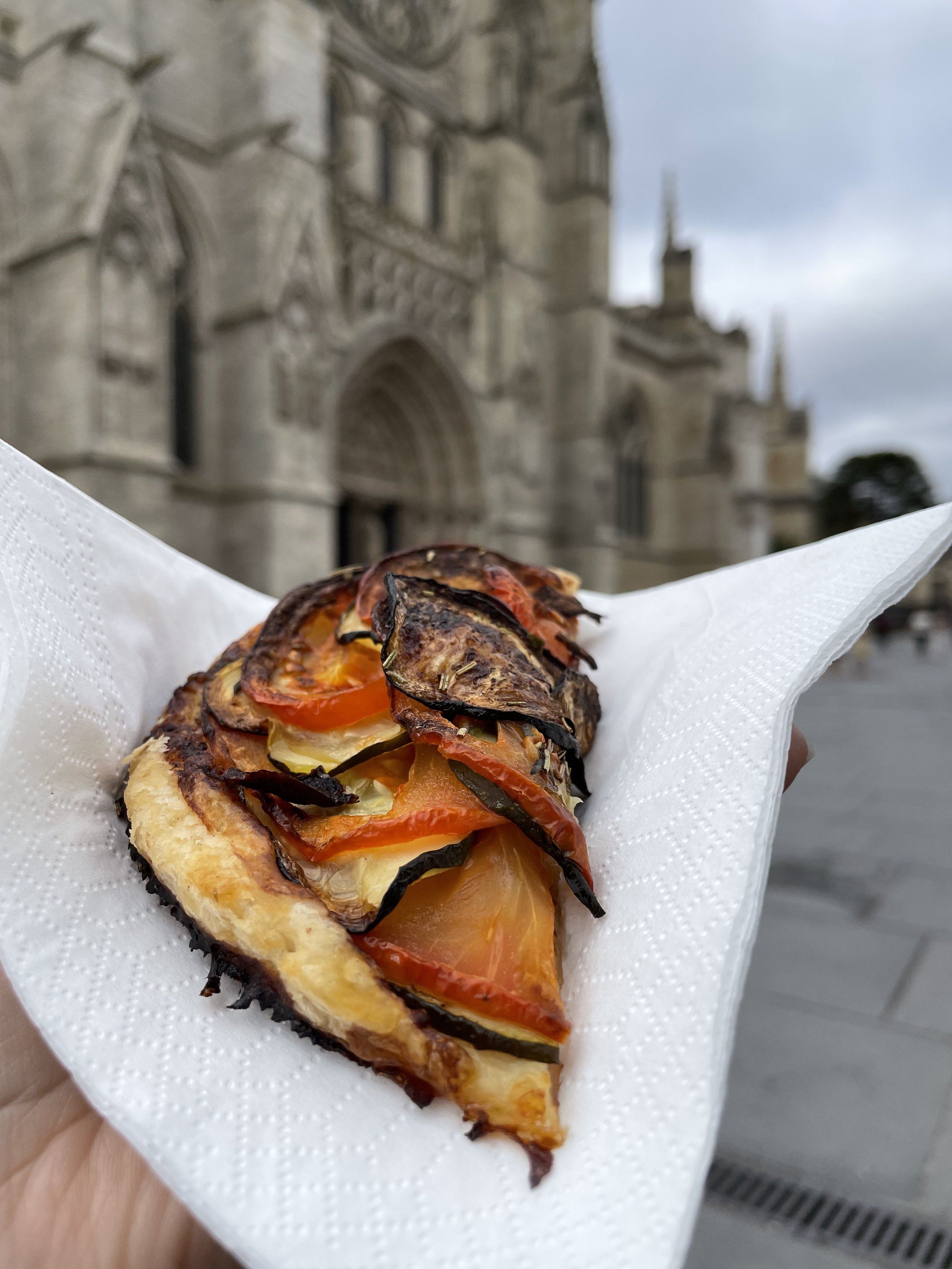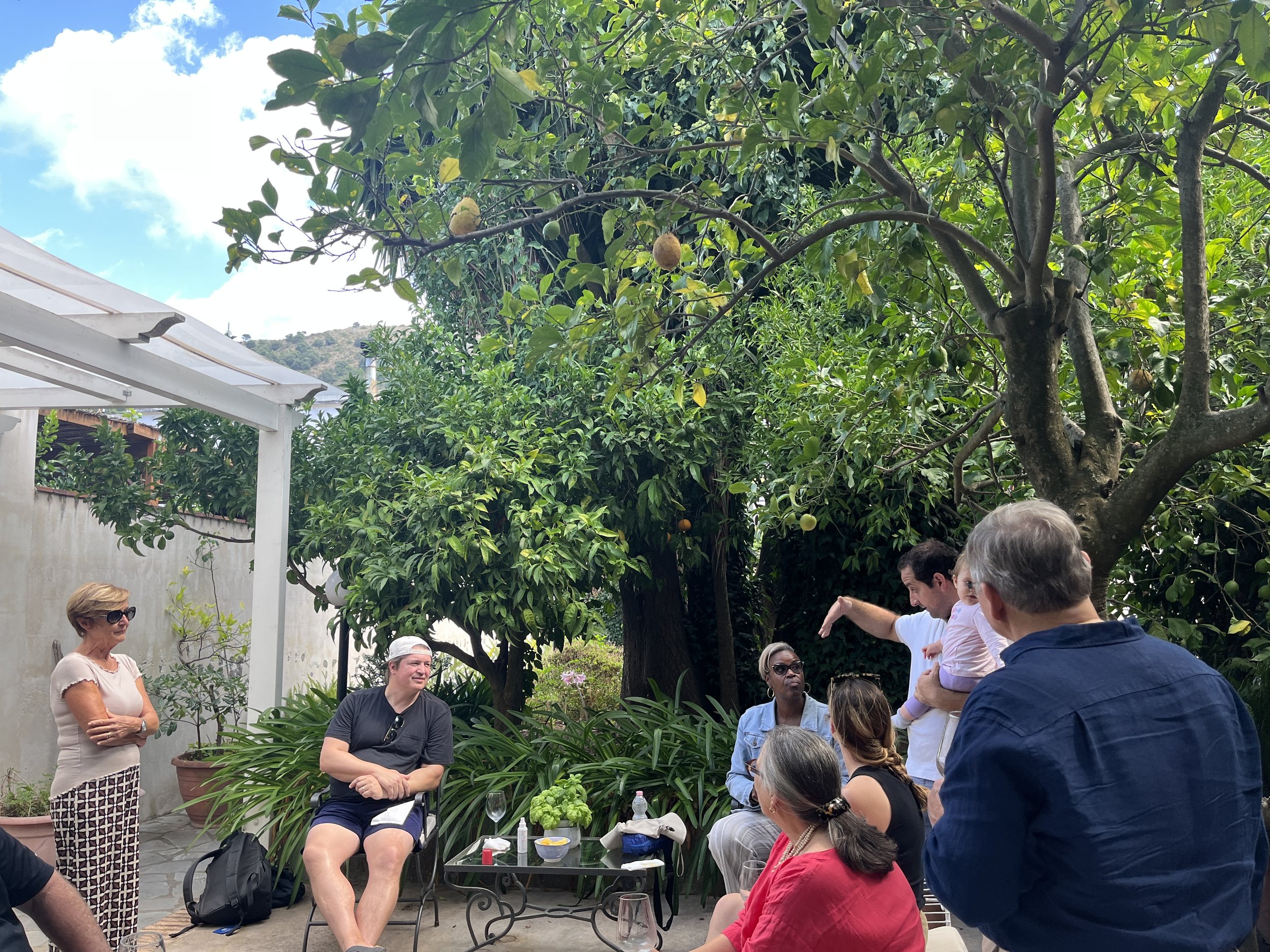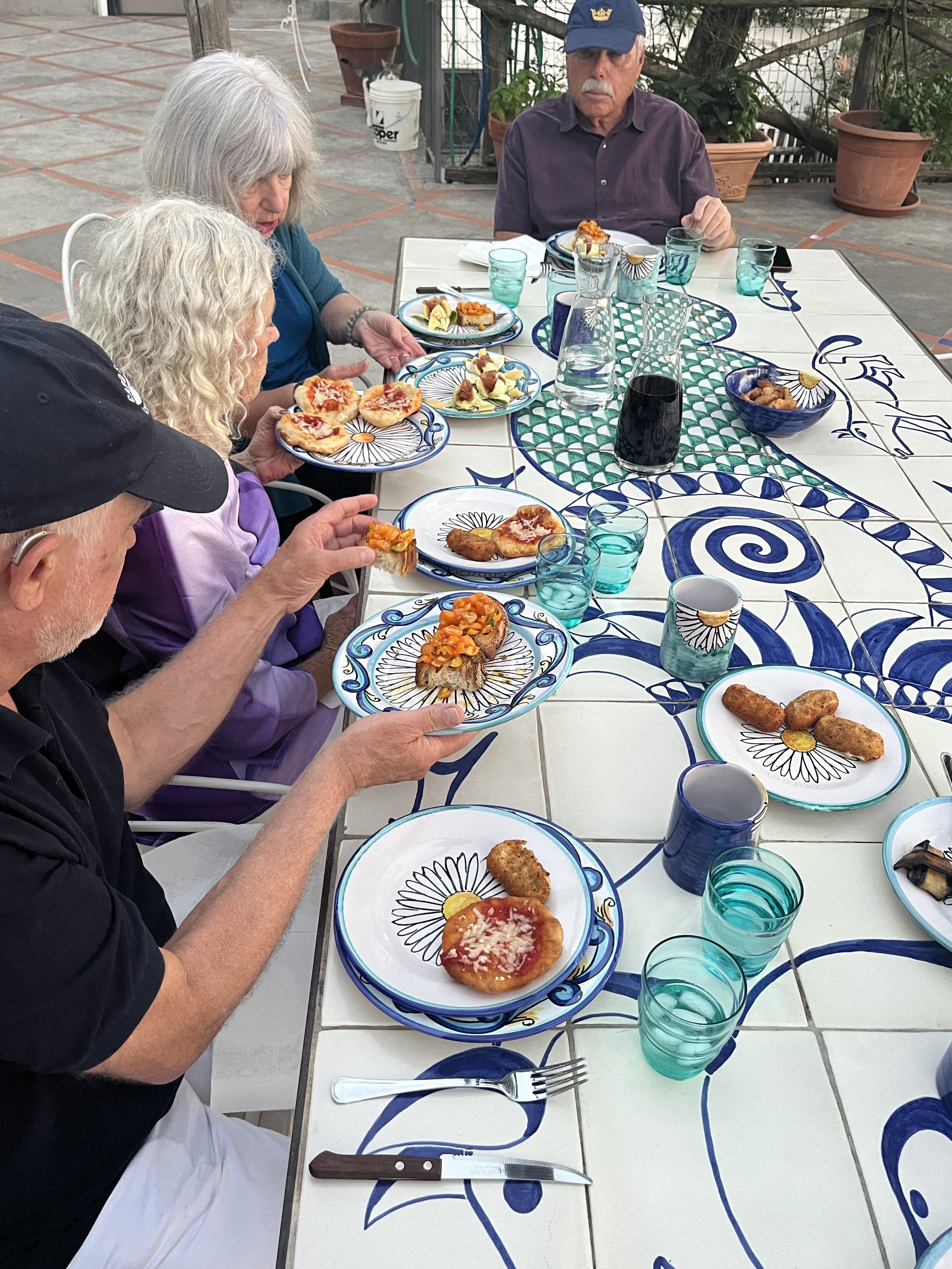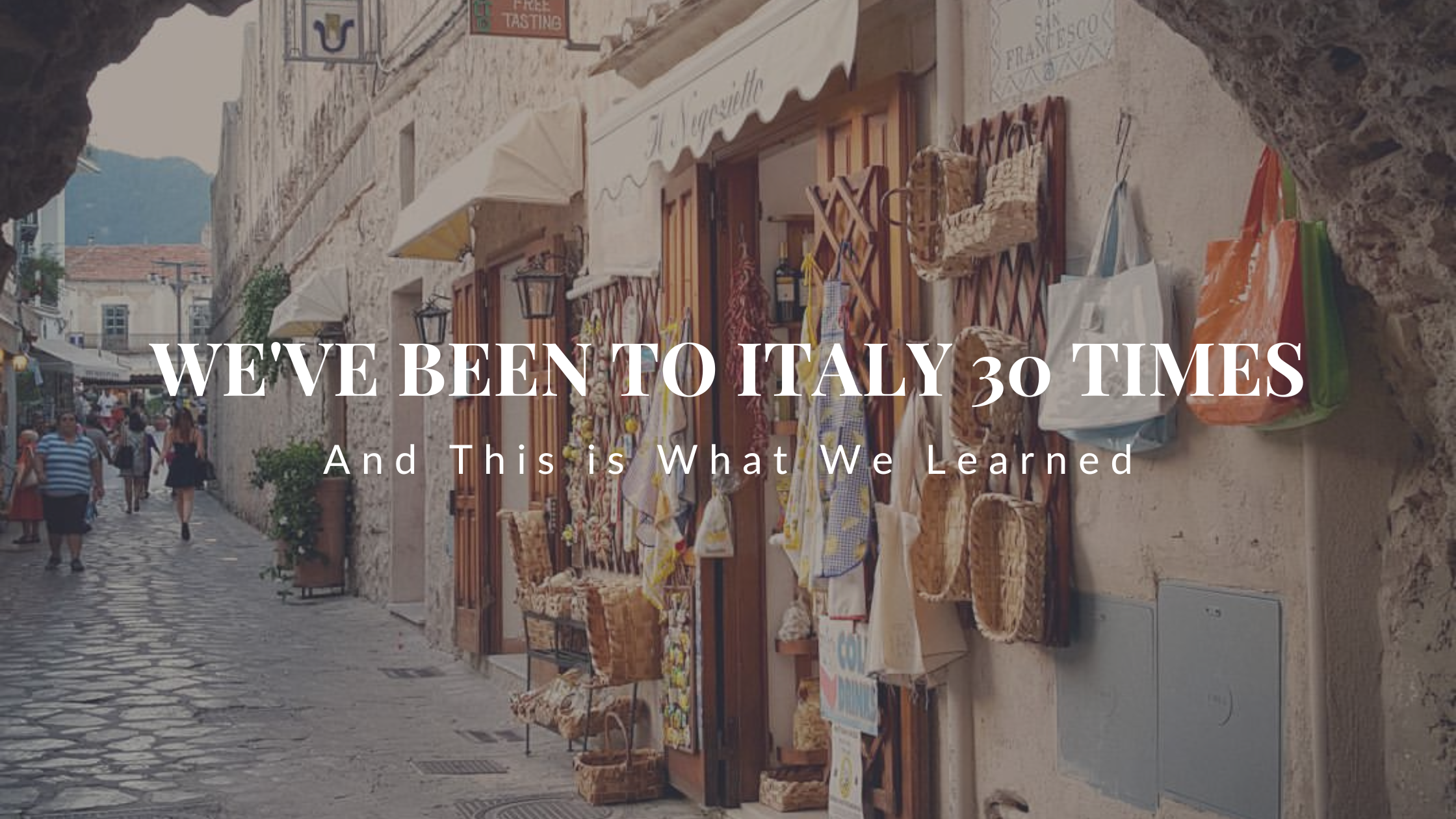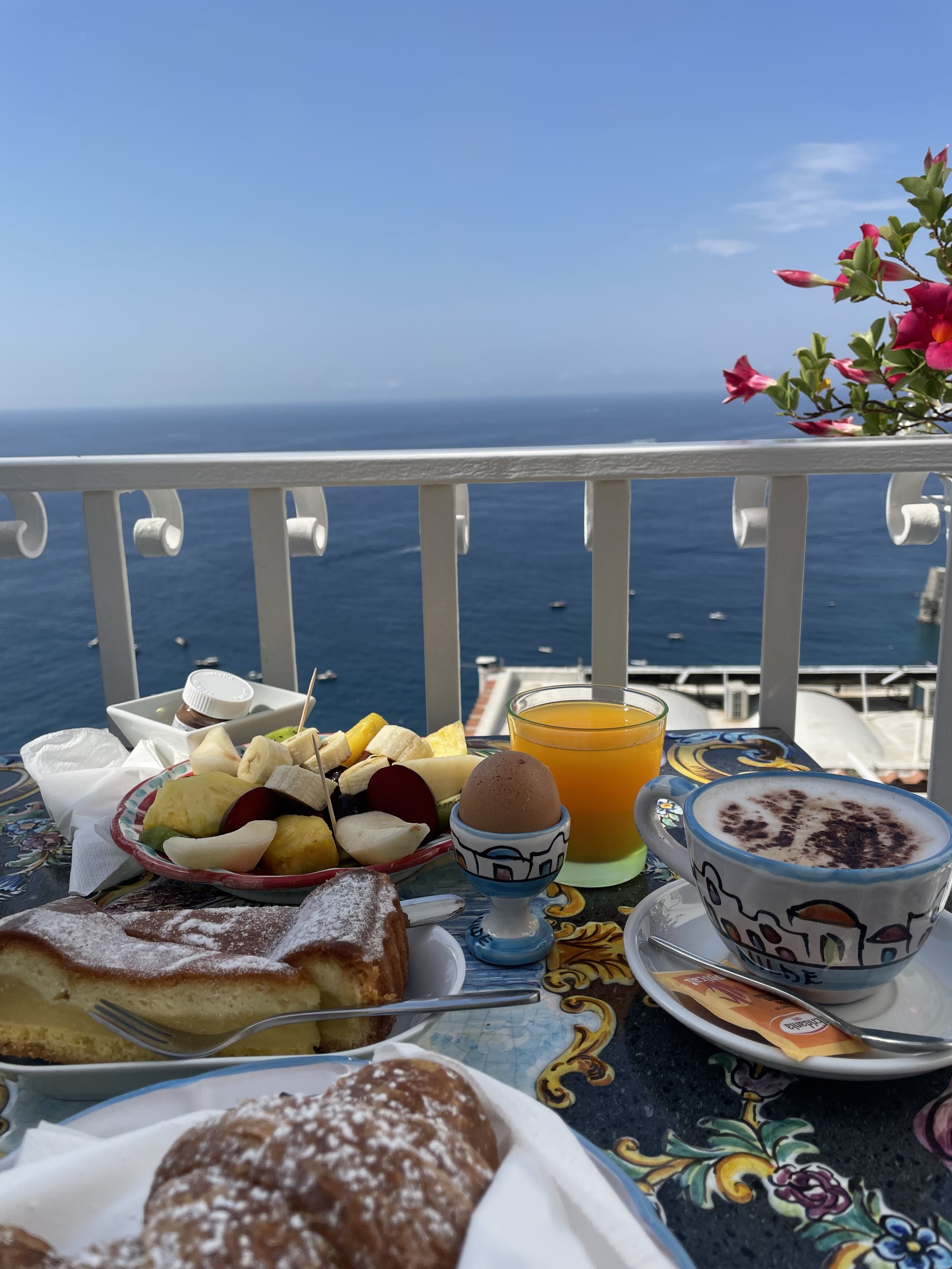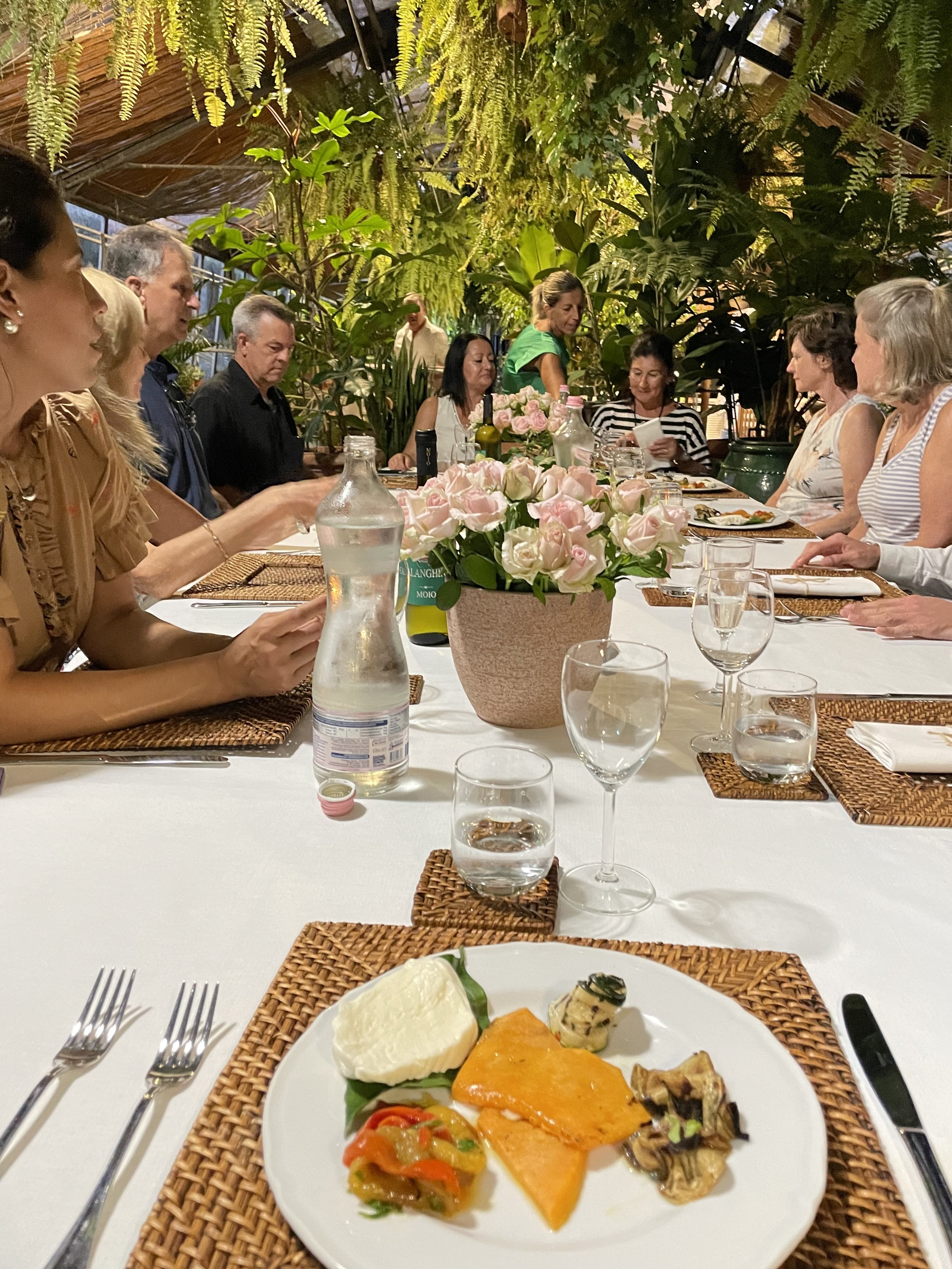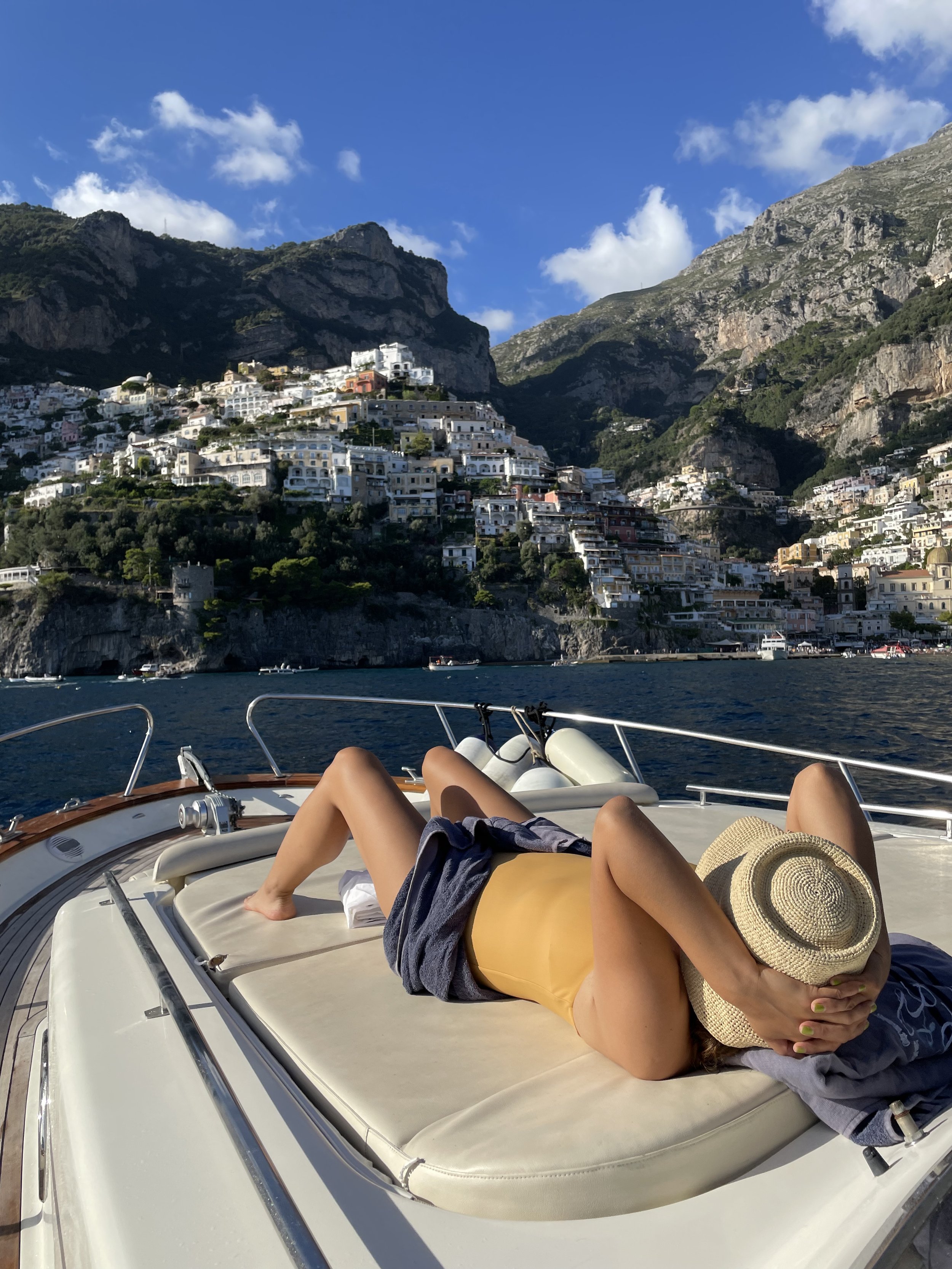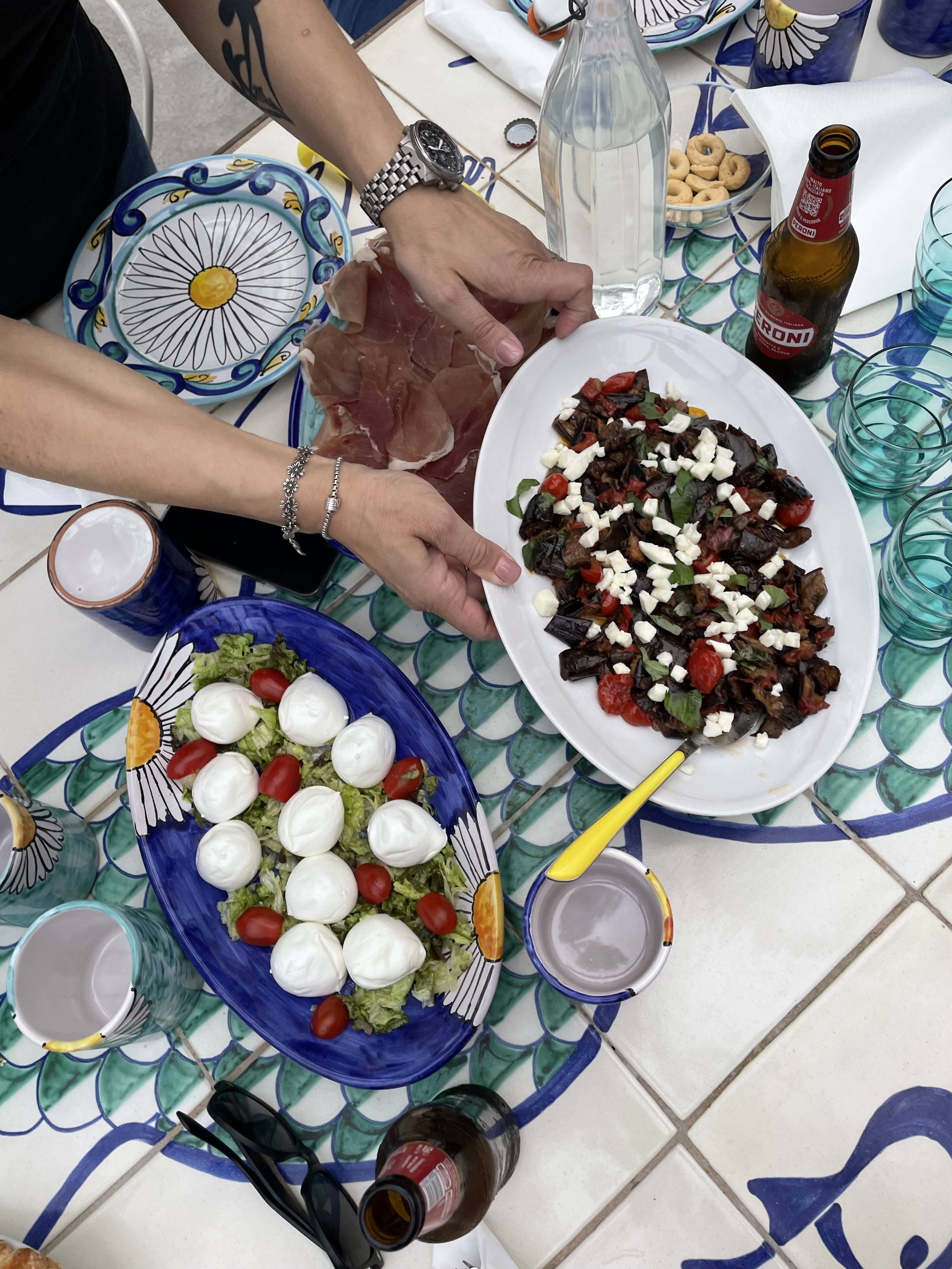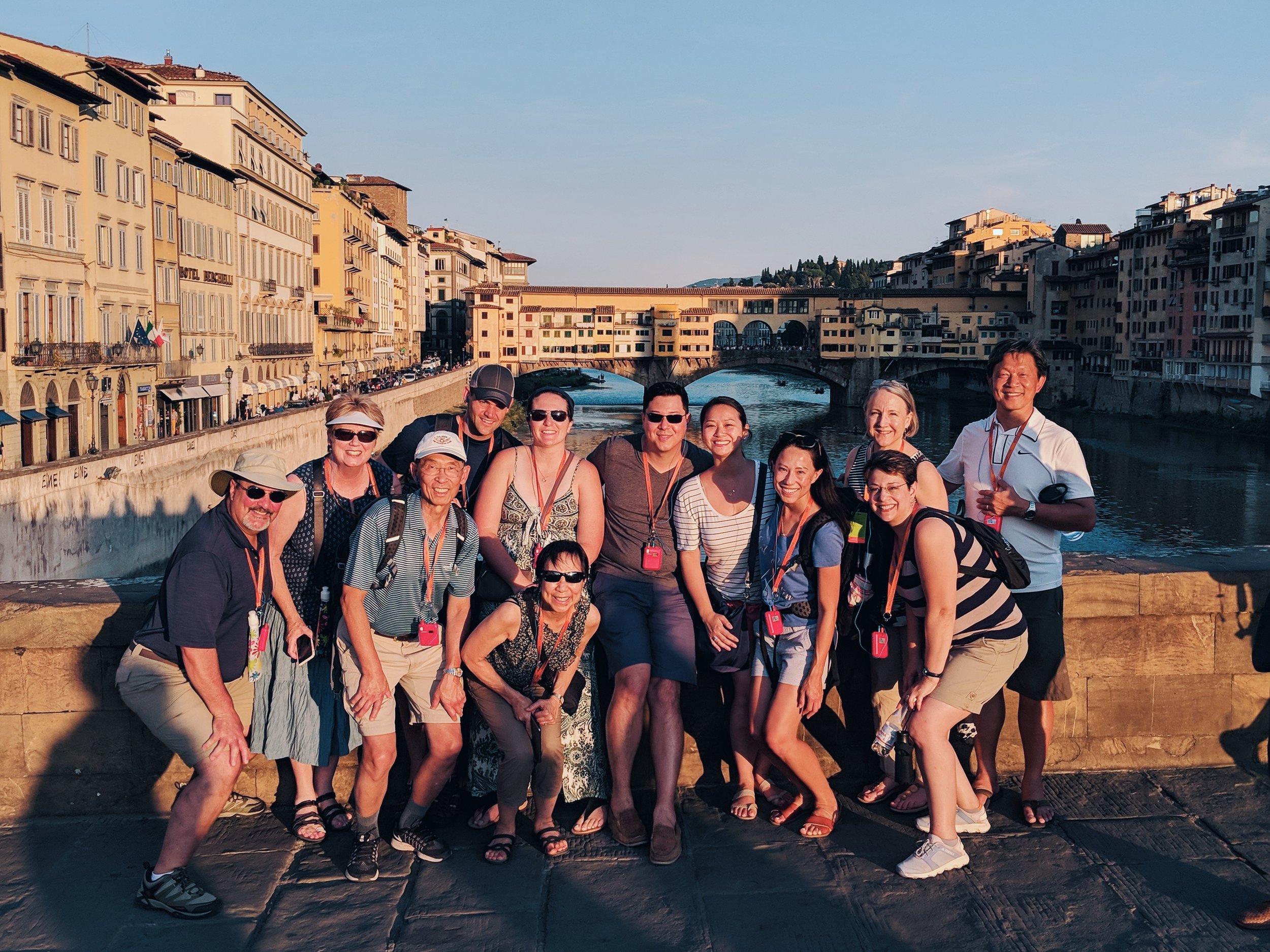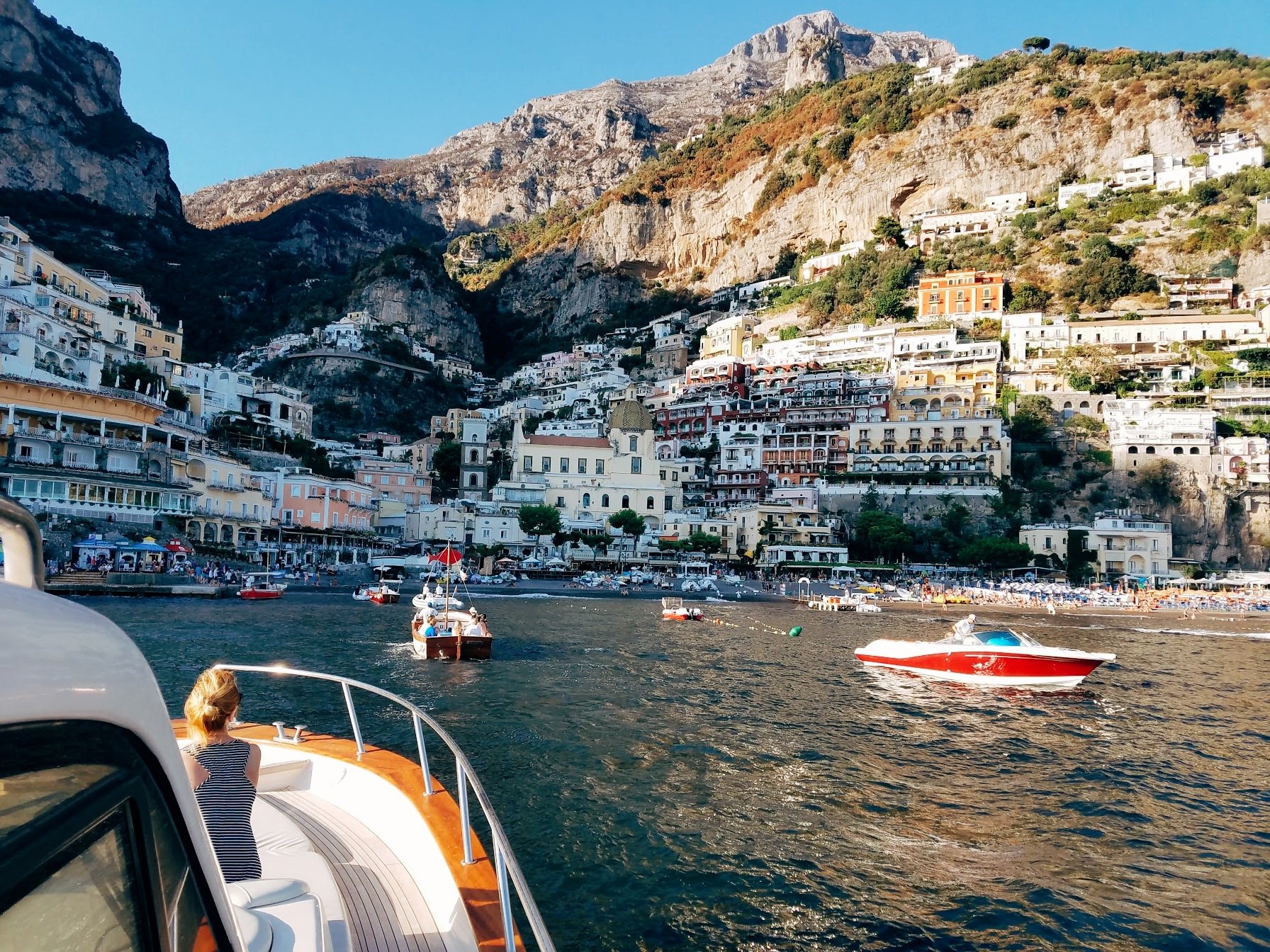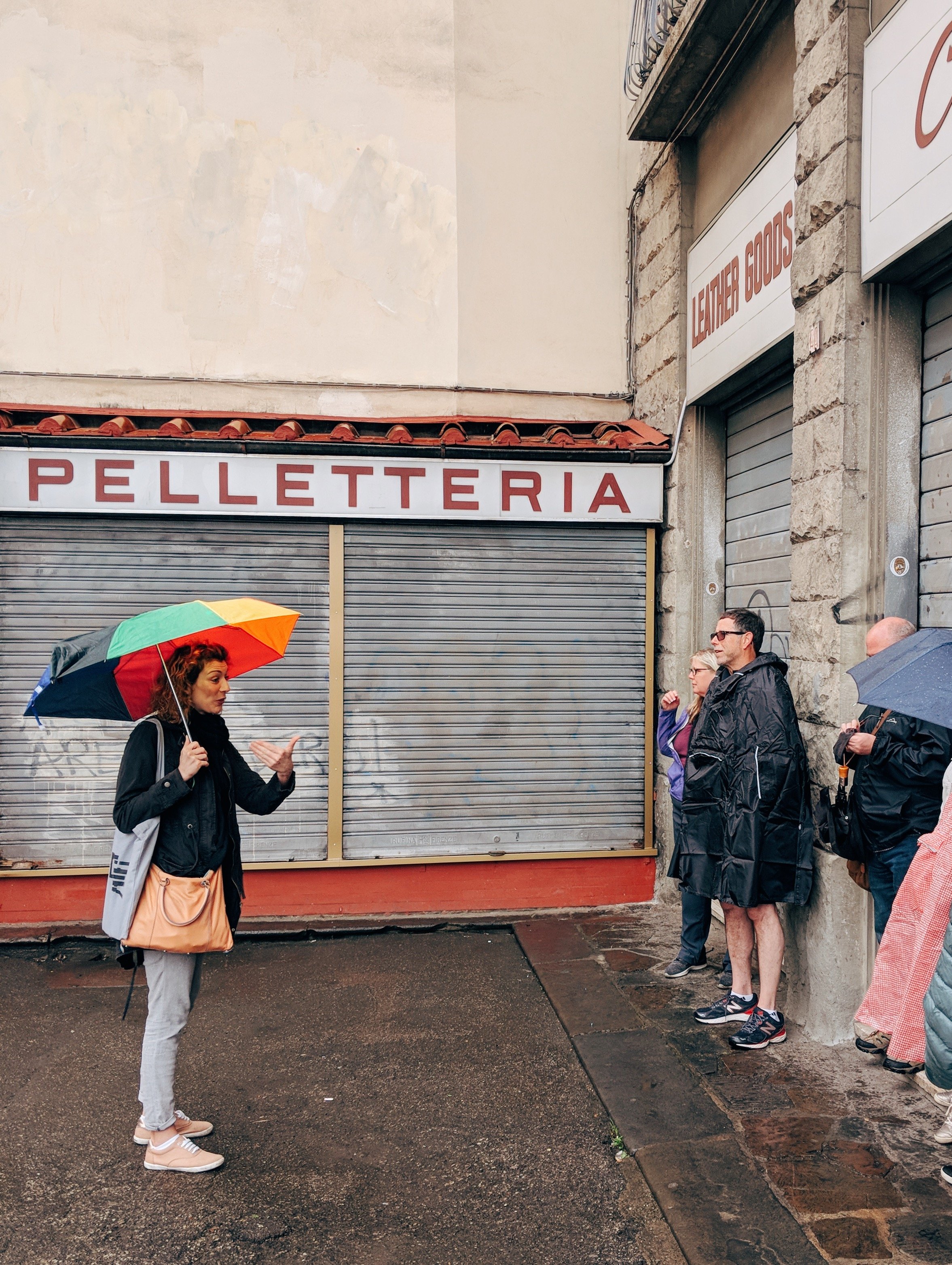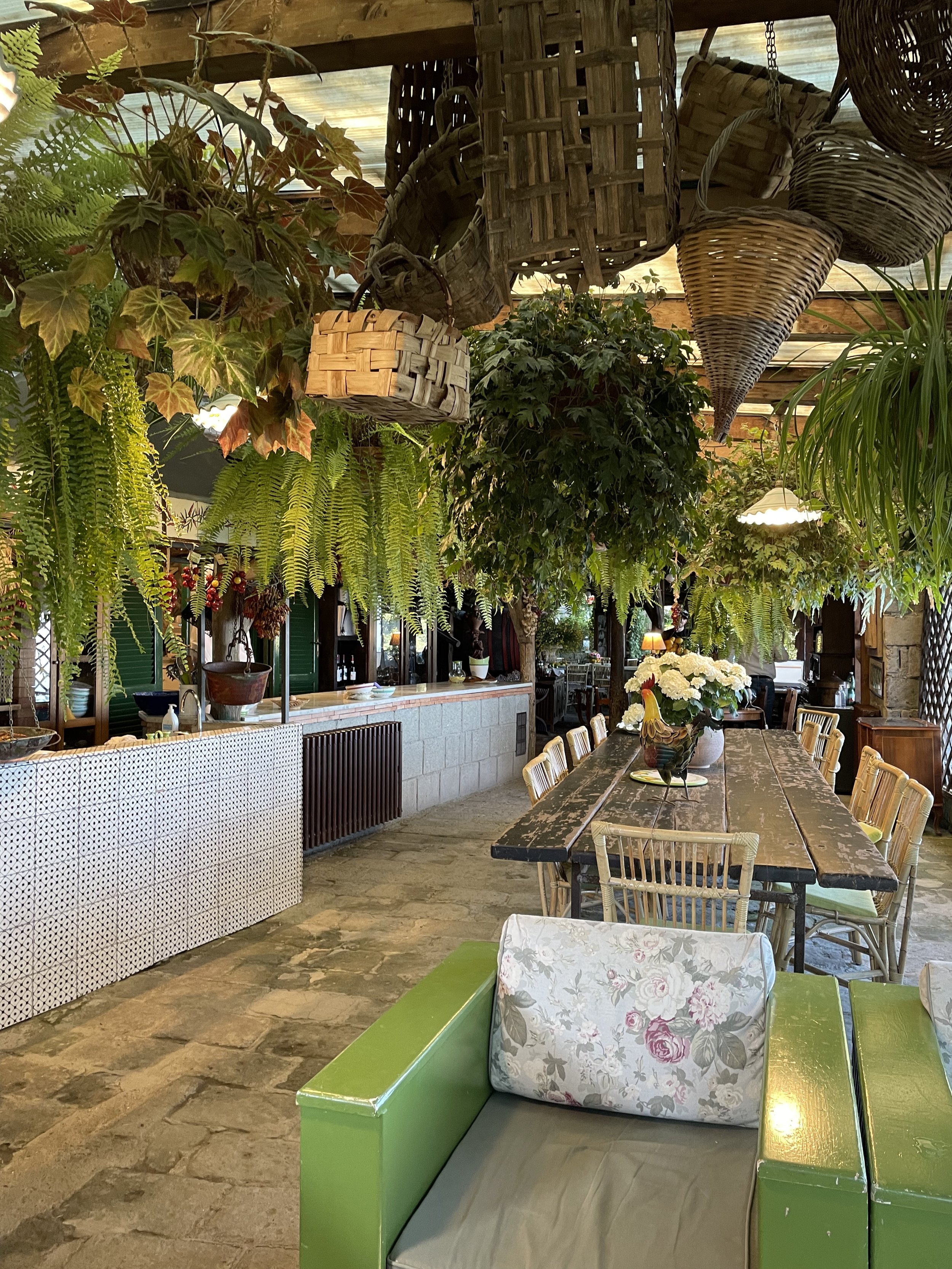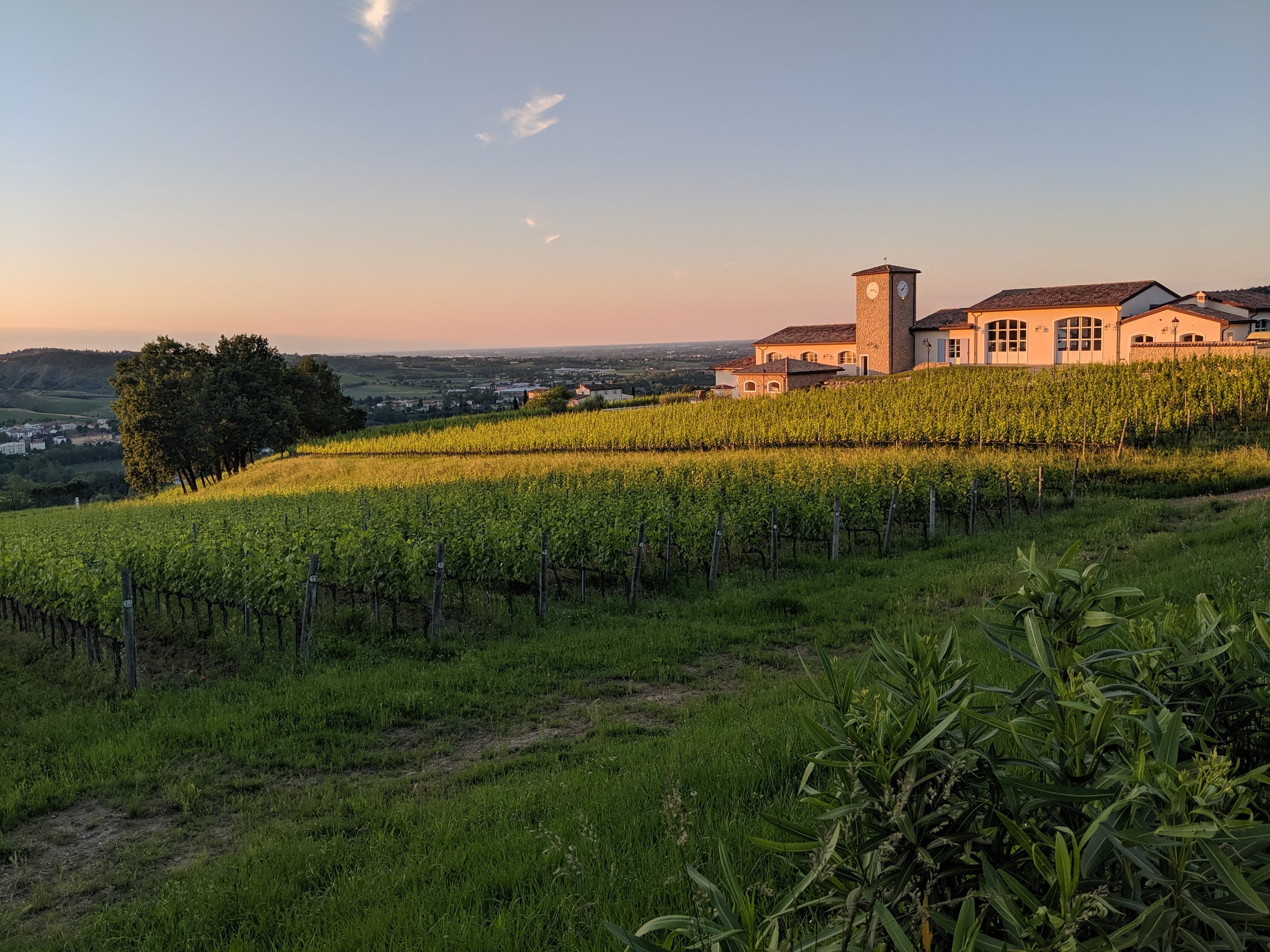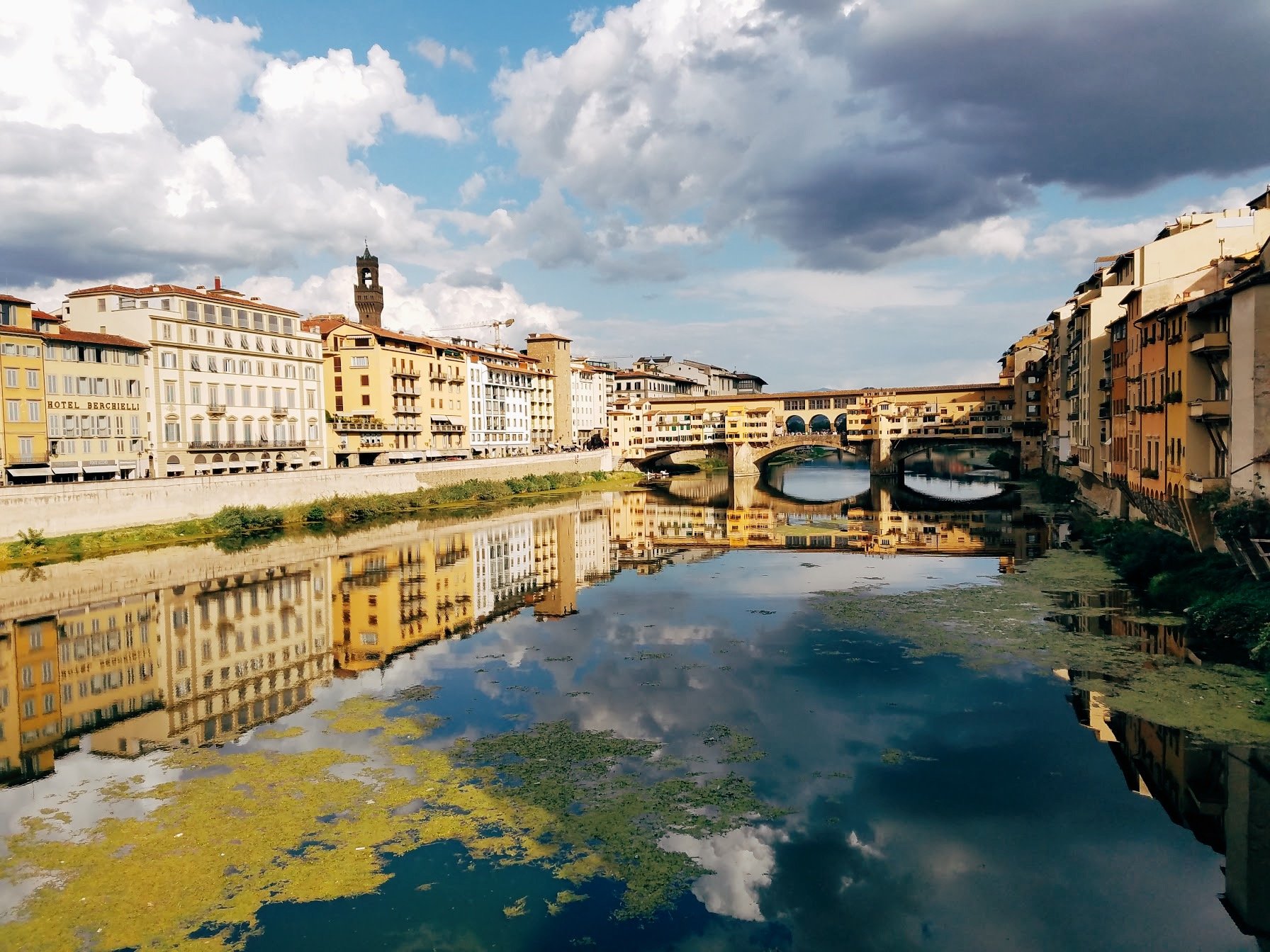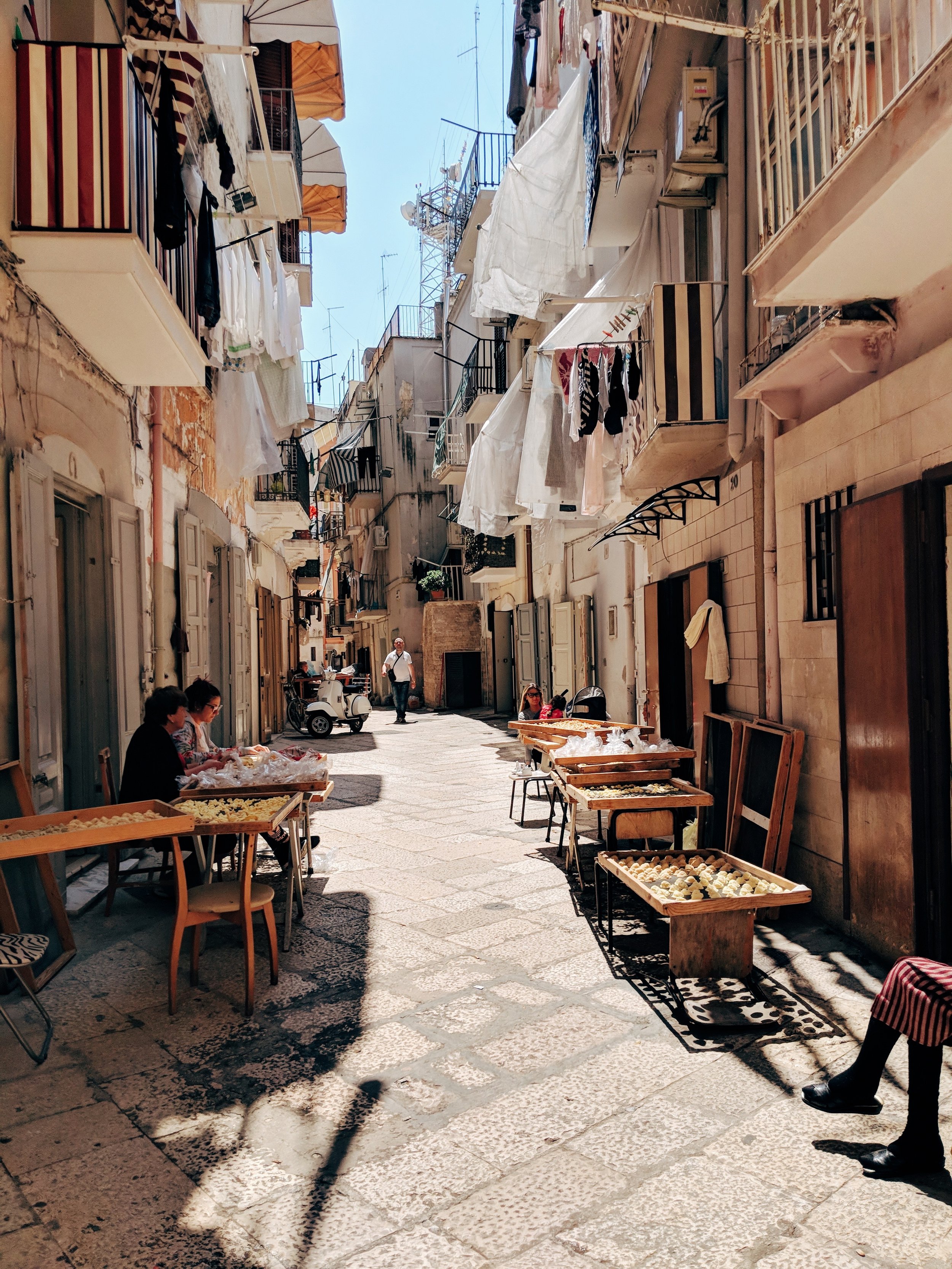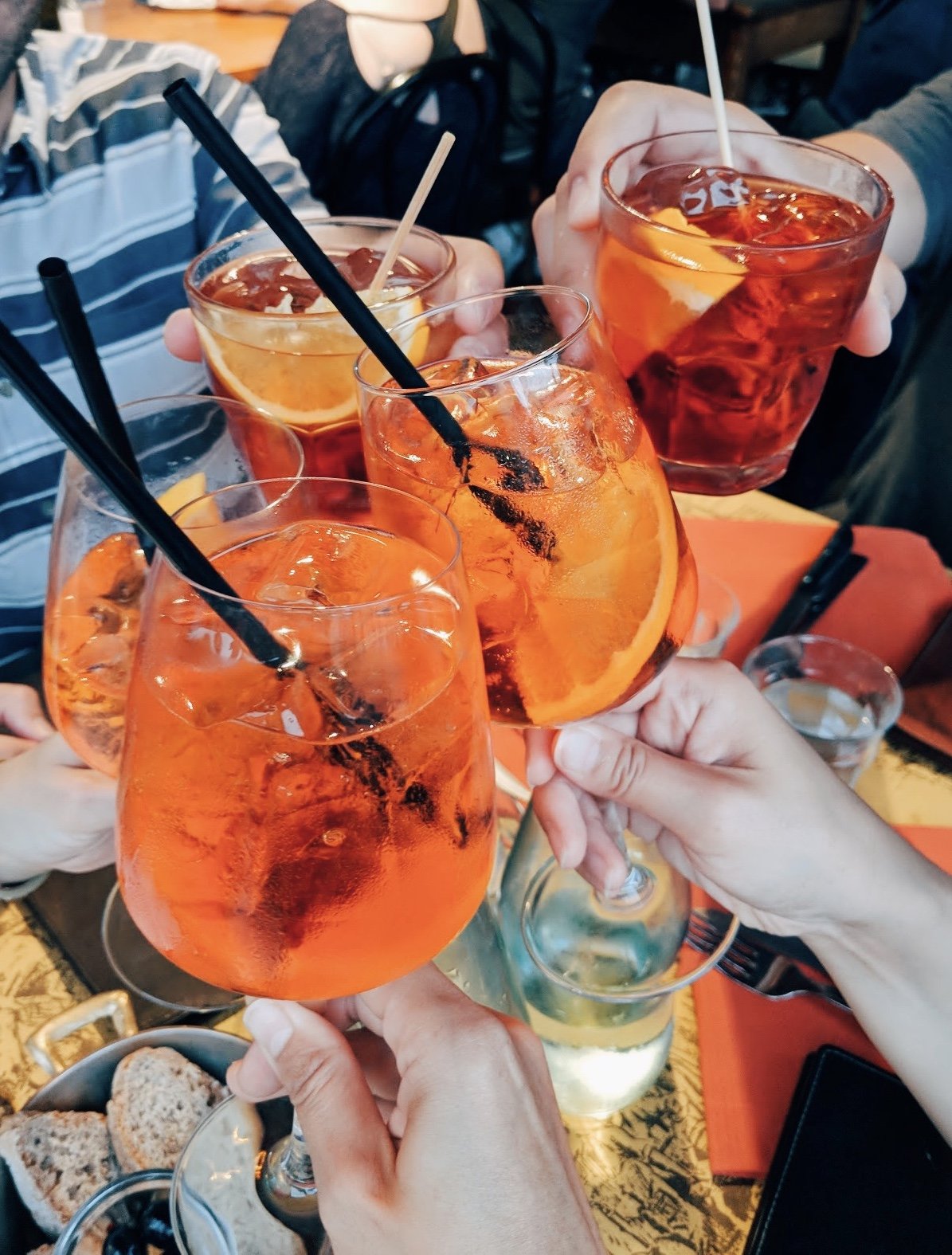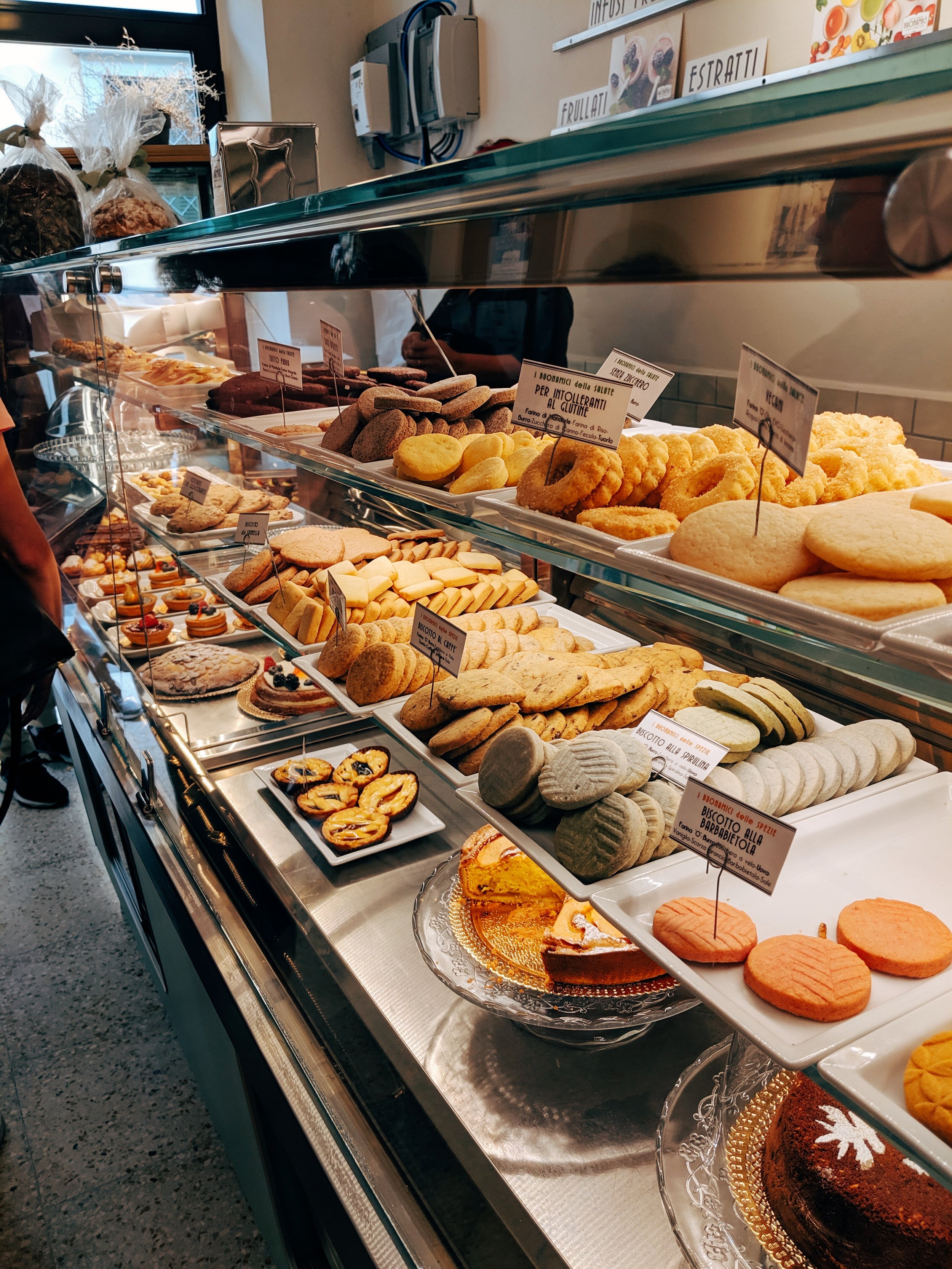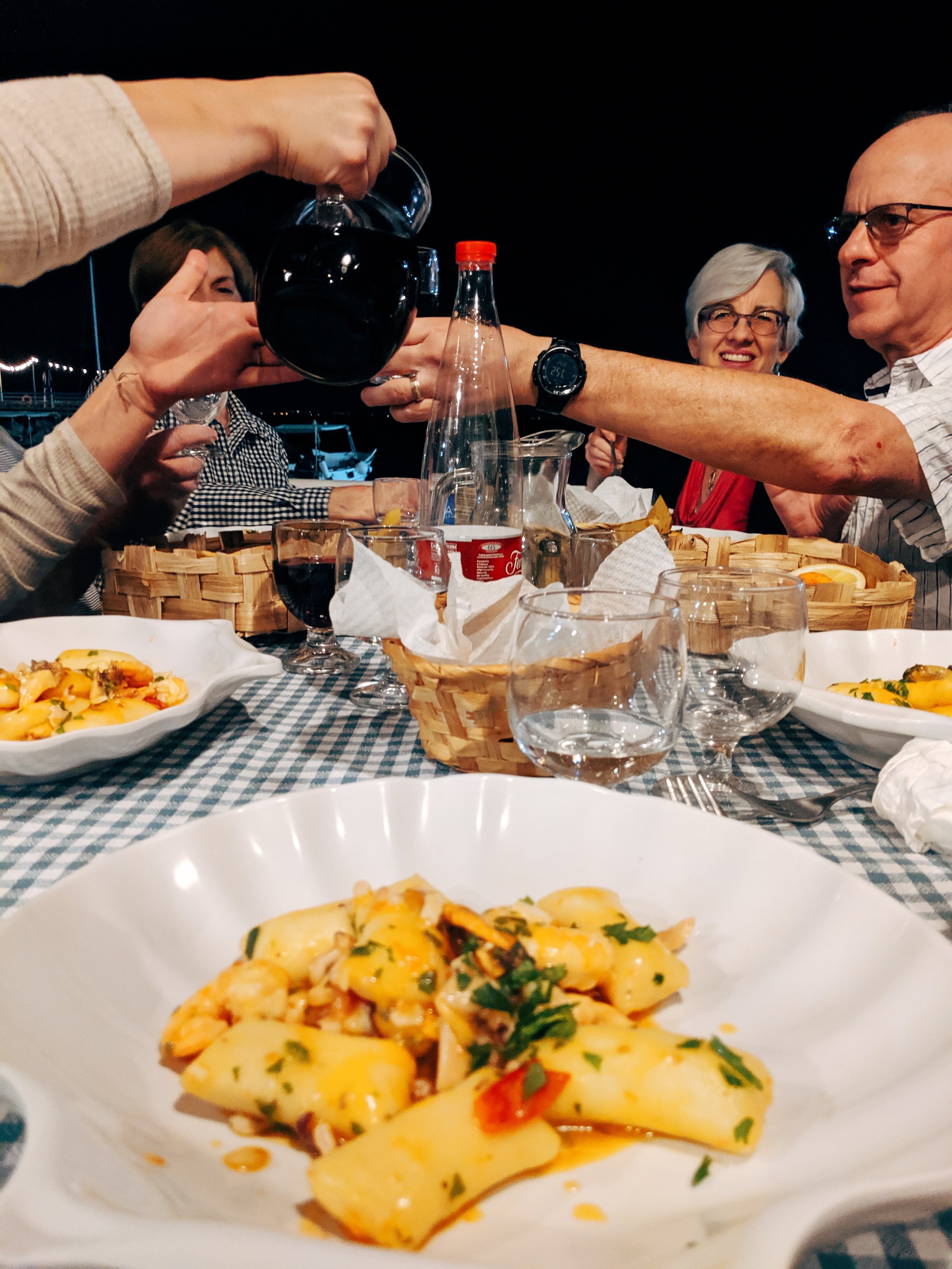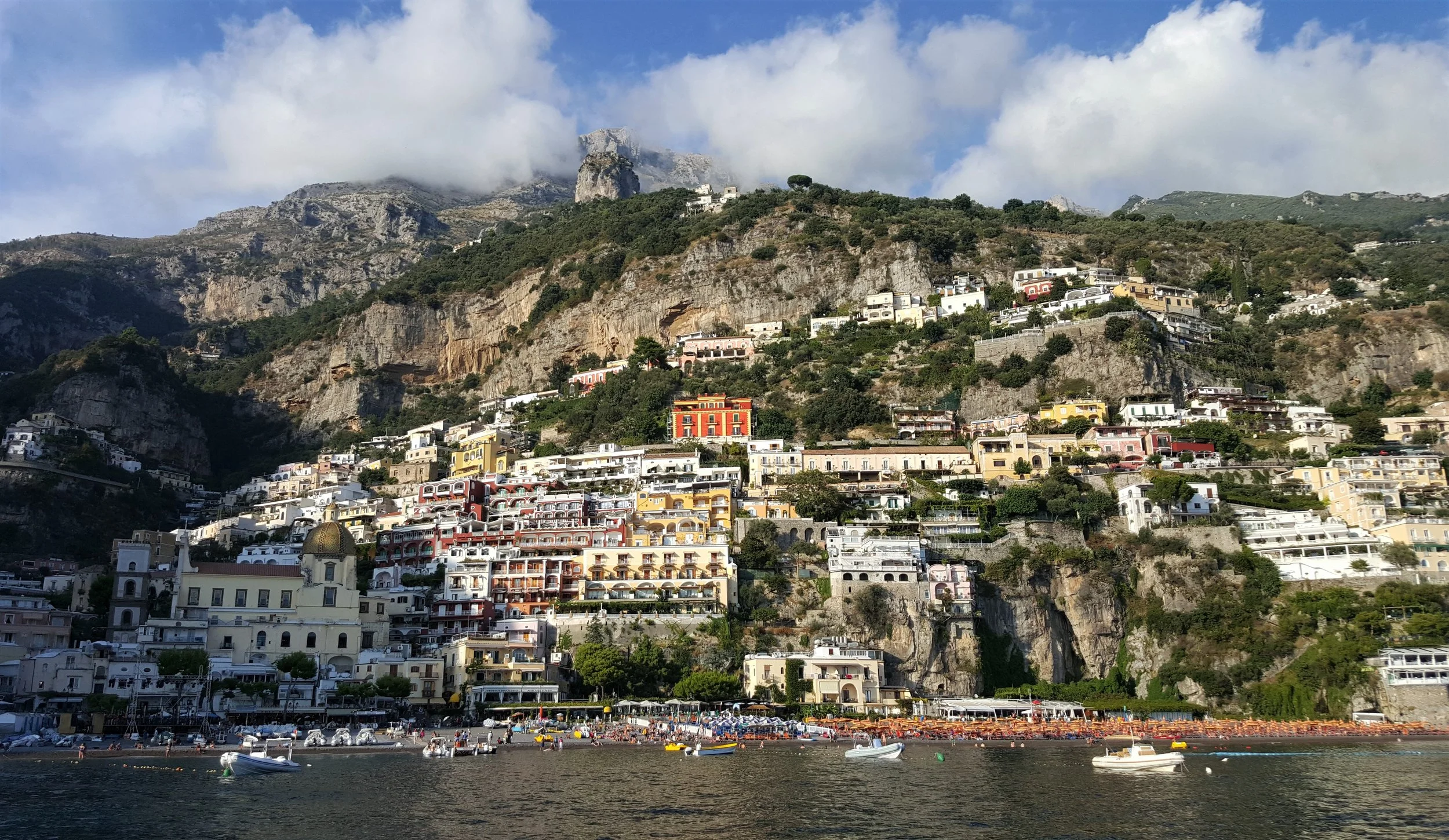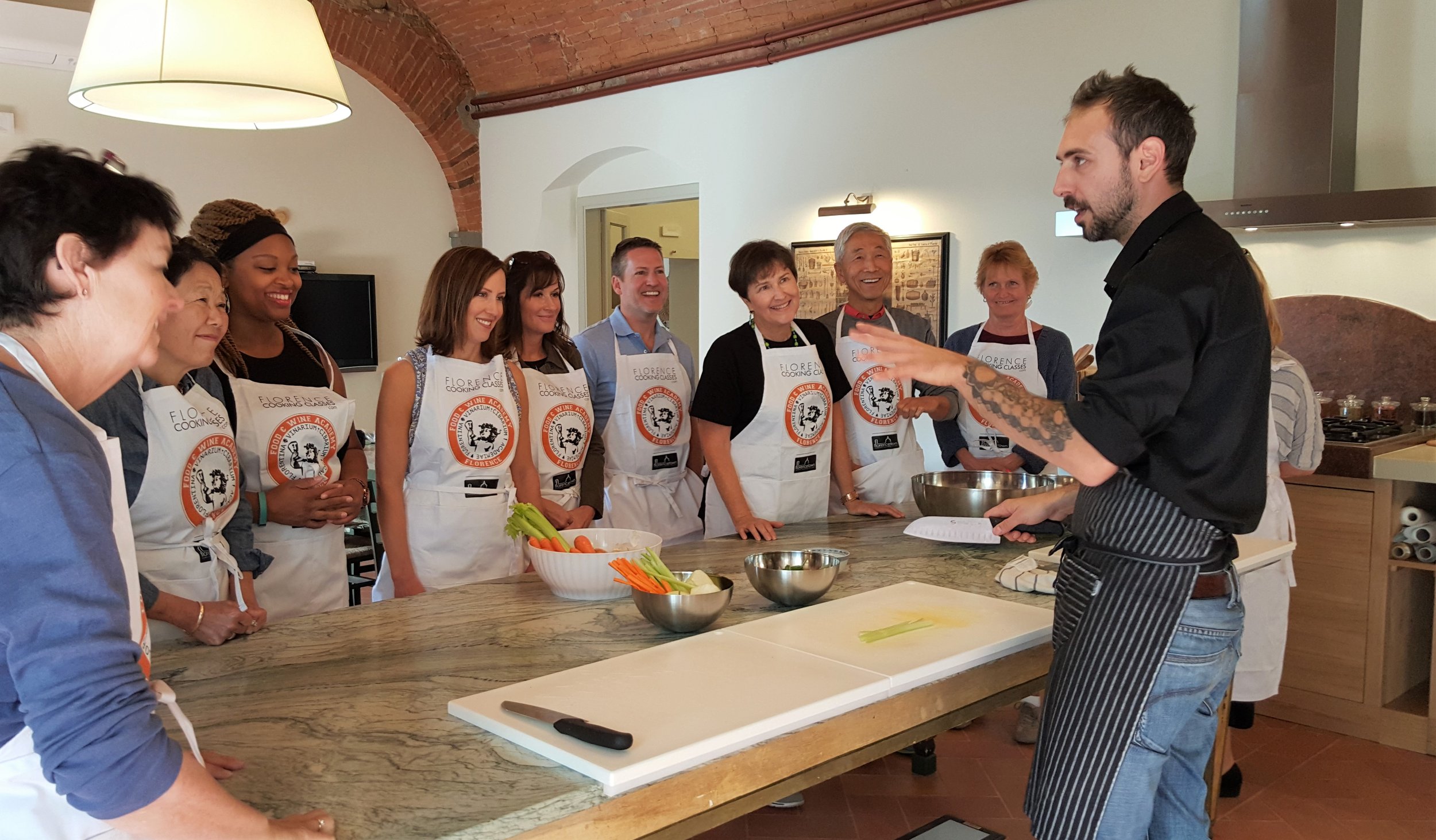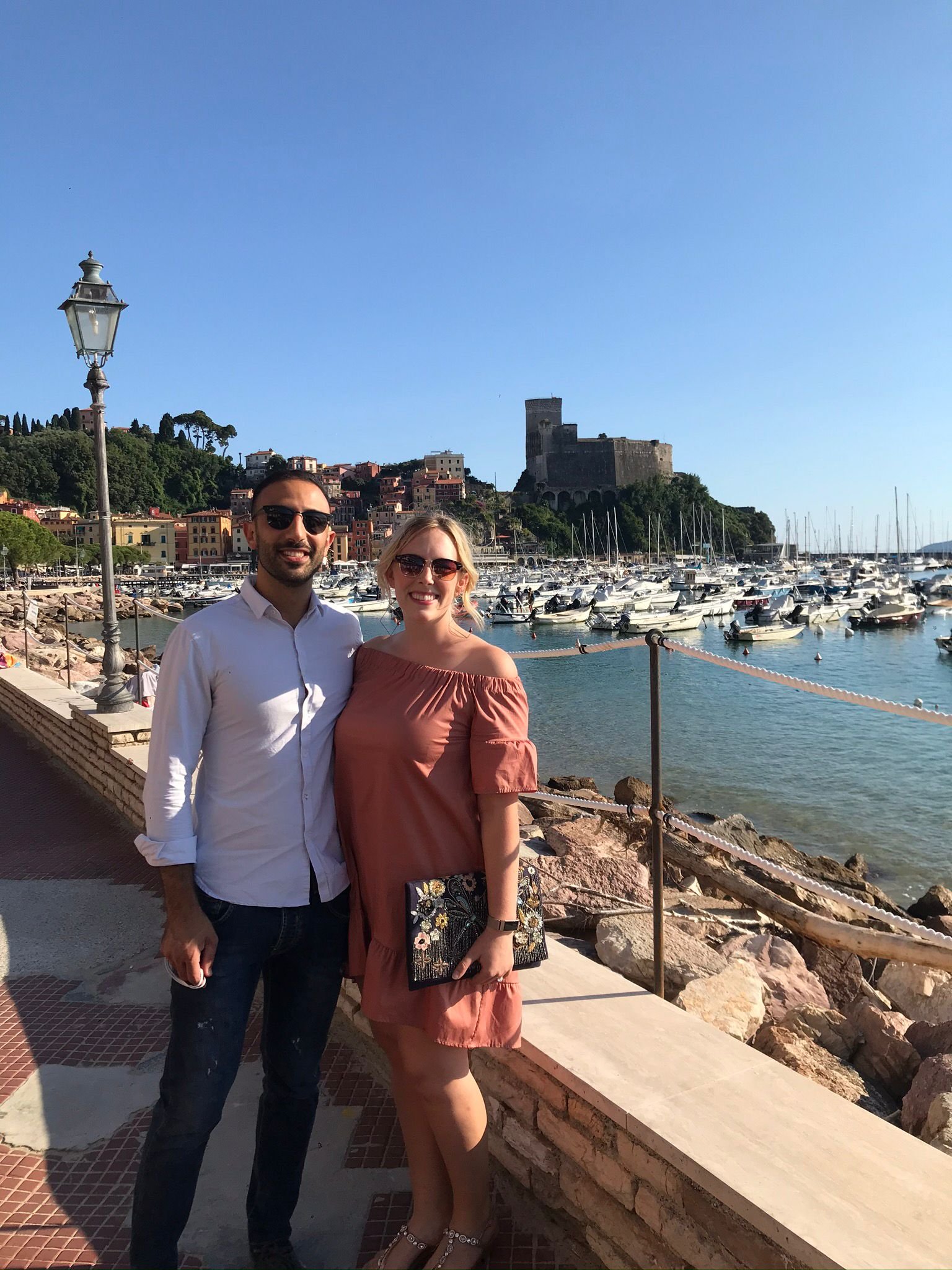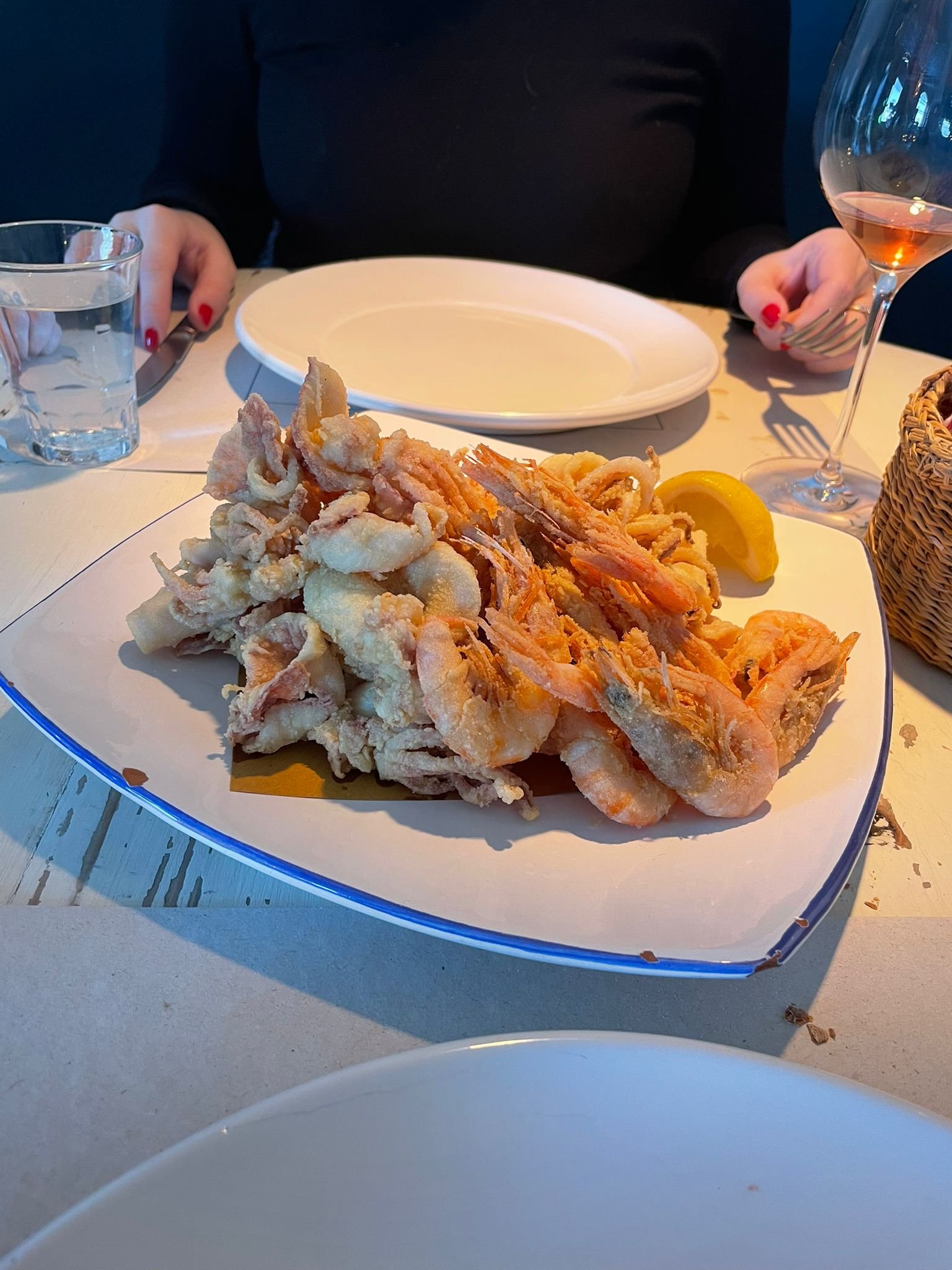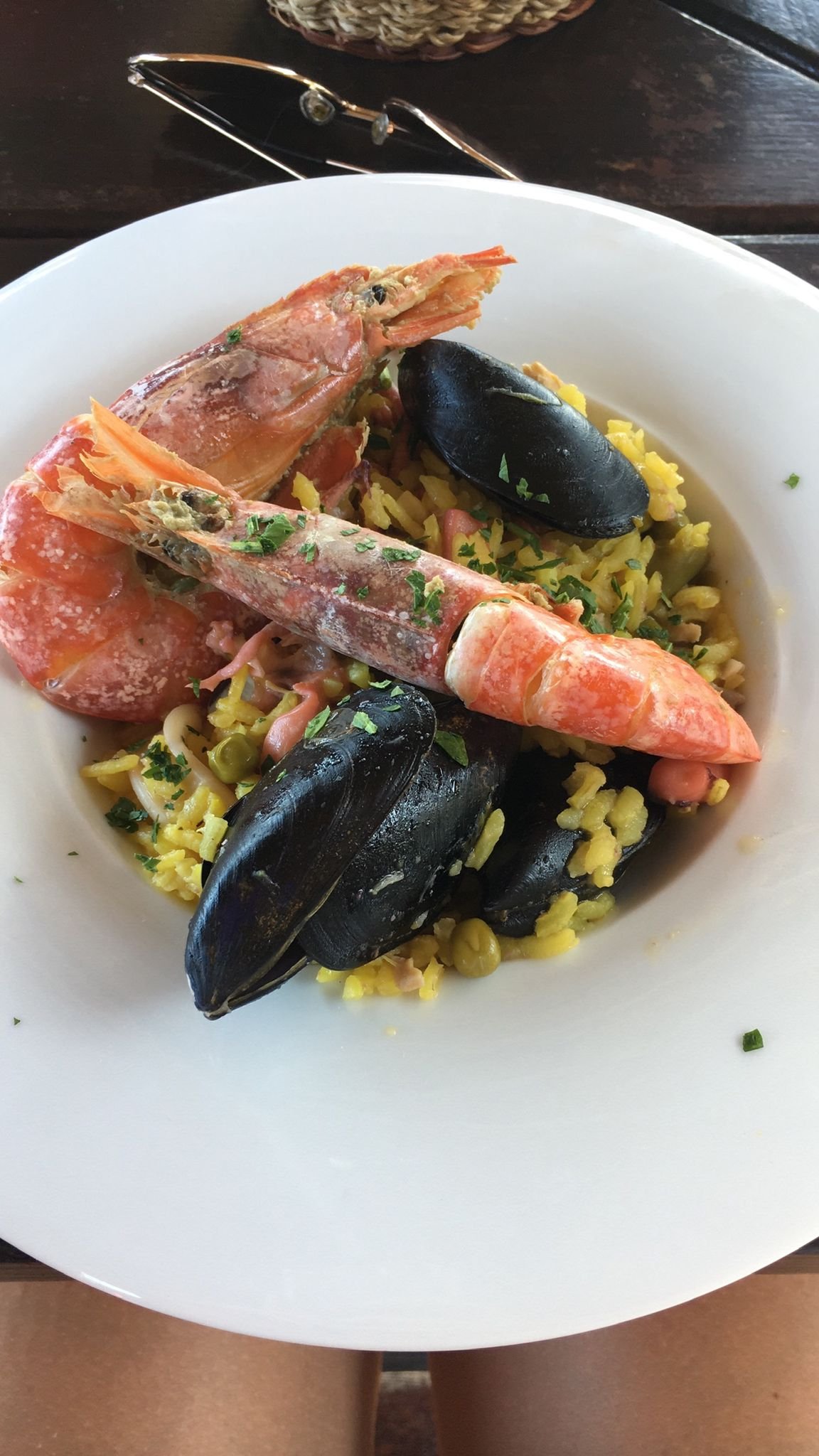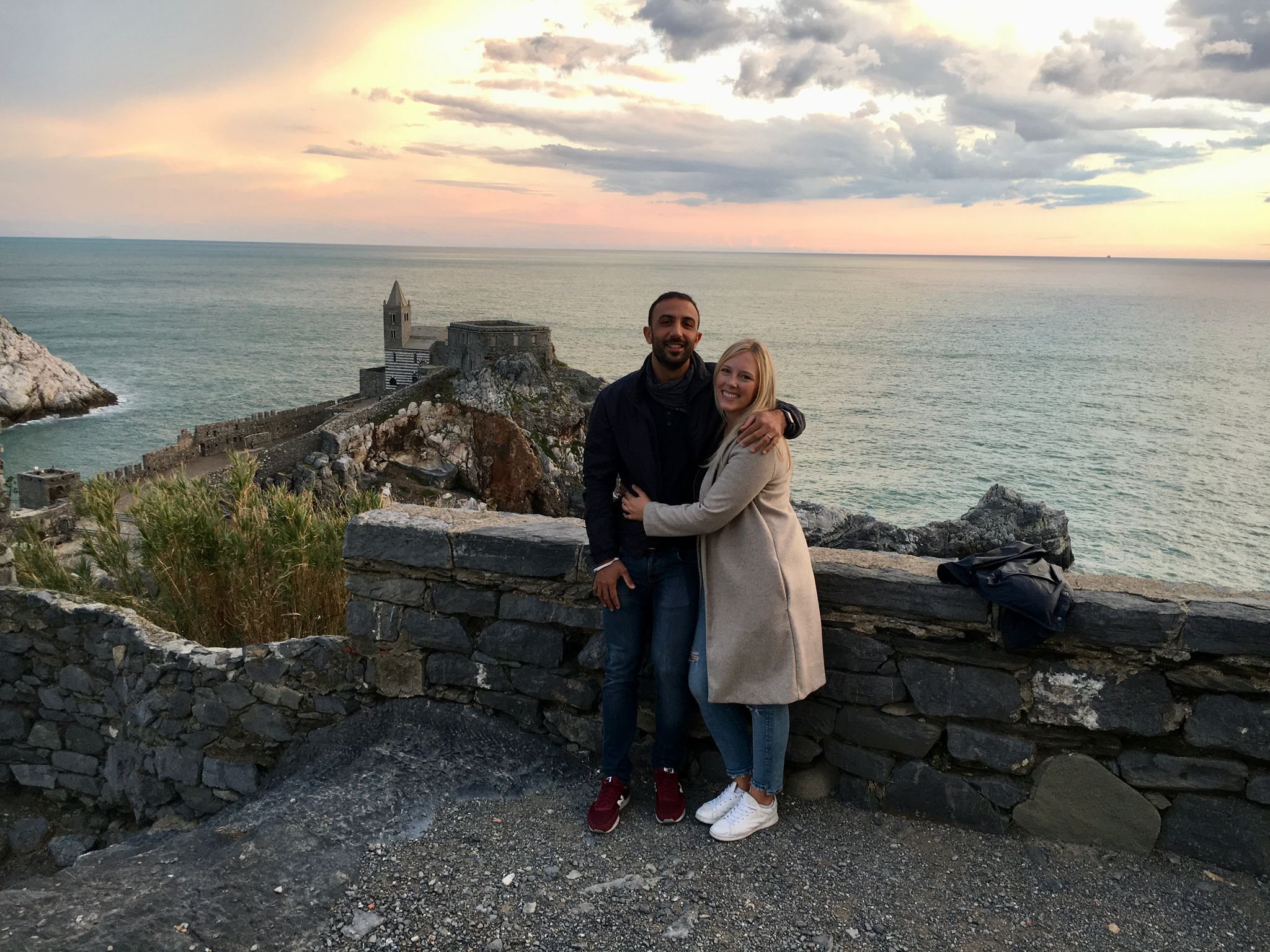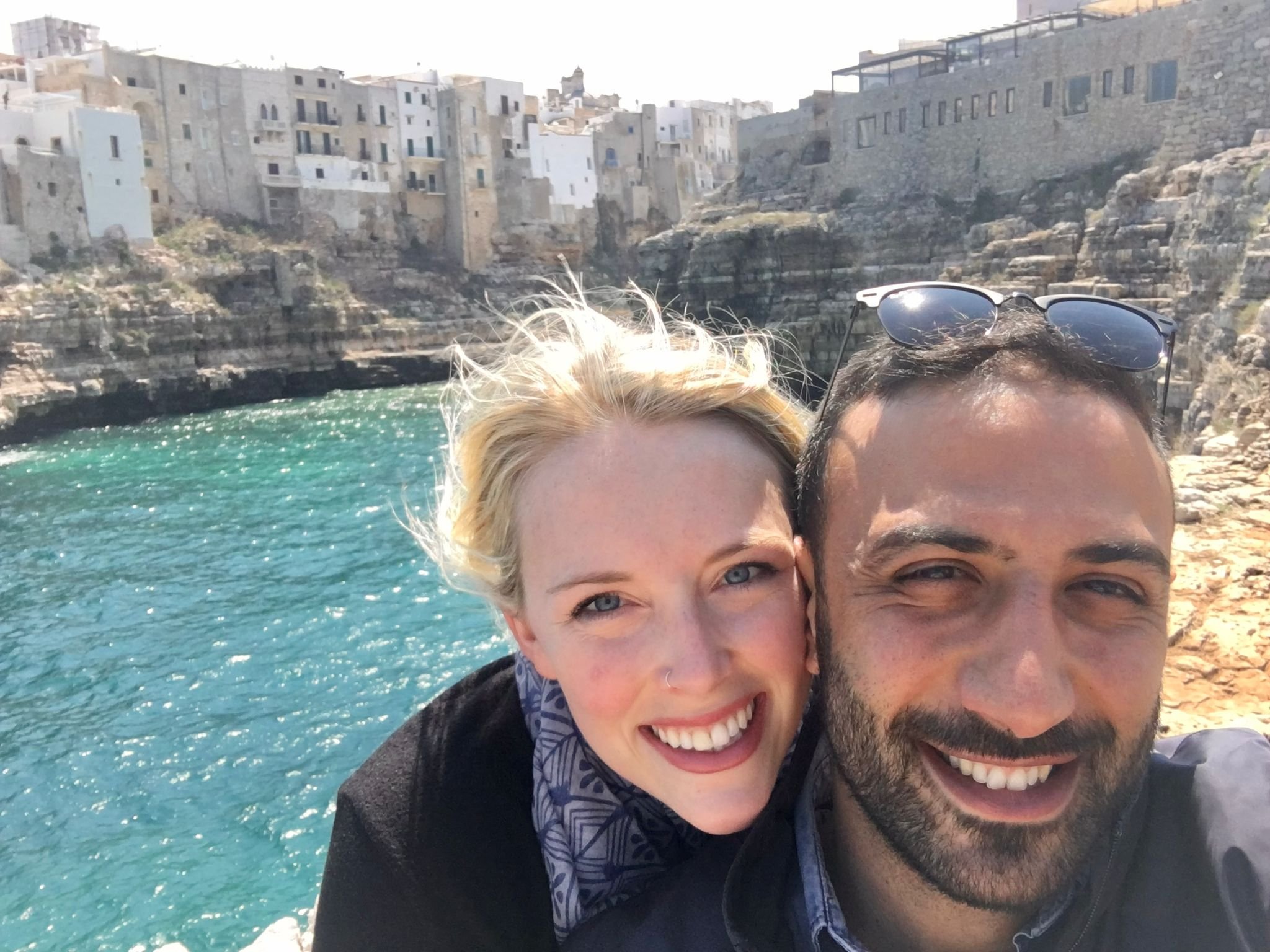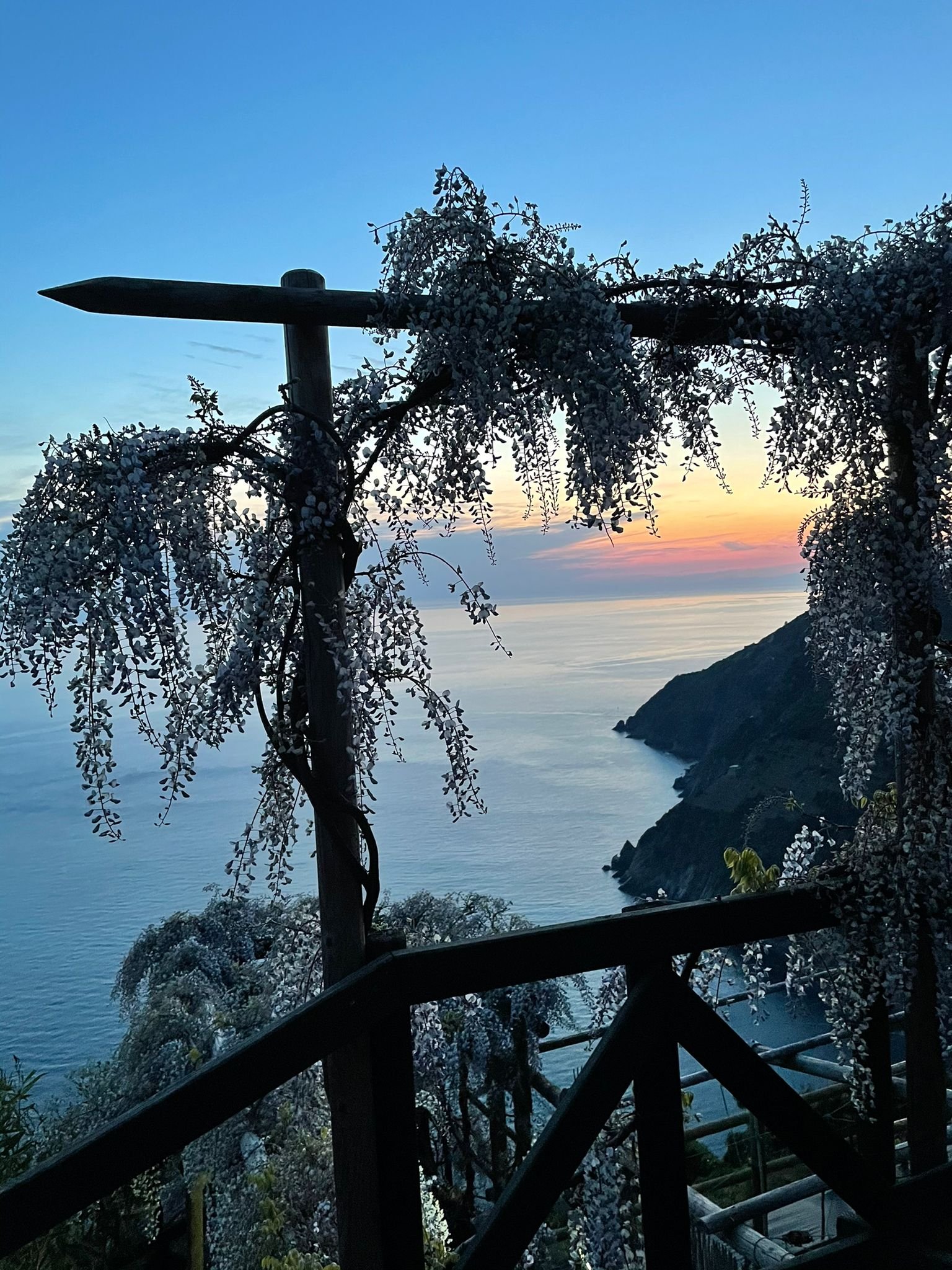3 European Destinations for Culinary Travel
/If you believe that the best way to understand a place is through its food, you’re in good company.
Whether it’s wandering through a local market, tasting a family recipe passed down for generations, or raising a glass with new friends, these are the kinds of experiences that shape our travels and our memories.
We return again and again to these three European destinations because they offer something rare: food experiences that feel personal, rooted in tradition, and full of flavor. For travelers who crave more than just a good meal, these places invite you to slow down, connect, and savor.
France
France is the original food pilgrimage and southwest France is where gastronomy tourism feels intimate, personal, and impossibly delicious. Think cassoulet, a stew of duck confit, Toulouse sausage, and creamy white beans. Or canelés which are small custard cakes with caramelized shells. Add in goat cheeses aged in limestone caves, crusty bread loaves, and crisp white wines from the Loire Valley, and you start to understand why we choose to bring our travelers here on the France food tour.
When we explore France with our small groups, we specifically chose regions where culinary heritage is still very much alive. A few of our favorite places to discover it:
St. Emilion
The Loire Valley
Toulouse
These are the places where cuisine and culture are inseparable, and where some of the most memorable food experiences can be found. Here are a few highlights we love to include in the France small group trips:
Visiting the local farmers markets with producers before a cooking class
Taking a city food tour to learn the history behind what you’re tasting
Exploring wine and food pairings at centuries-old château
Experiencing slow food travel experiences like chatting with a winemaker at a family-run vineyard or dining at private farm-to-table restaurant
Italy
Every region in Italy feels like its own cookbook and you can fill entire weeks with food-focused experiences without repeating a single dish. On the Italy Food Tour, we explore the country through its most iconic and beloved dishes: creamy mozzarella di bufala, limoncello made from Amalfi Coast lemons, grilled bistecca alla fiorentina, crostini topped with earthy chicken liver pâté, and ribollita, a Tuscan vegetable soup. Handmade egg pastas and slivers of mortadella from the source? Just the beginning of the tastings that travelers rave about by the end of their trip.
The Italy small group trips are designed around regions where food isn't just a part of life…it is life. The places we return to again and again include:
Sorrento and the Amalfi Coast
Florence and the Tuscan Countryside
Emilia Romagna
These regions offer more than great meals. They offer a deeper understanding of Italian identity and it’s made even richer because you get to do it with a wide variety of chefs and homecooks. Some of our favorite ways to connect with Italian cuisine include:
Rolling up your sleeves in a hands-on cooking classes
Wandering citrus groves and tasting limoncello at its source
Sharing slow lunches at agriturismi that highlights local ingredients
Learning to taste the difference in small-batch olive oil
Sipping Chianti wine with the local winemaker
Shopping at local food markets with a chef
Touring Parmigiano Reggiano and traditional balsamic vinegar producers
Portugal
Portugal might be Europe’s most underrated foodie destination. Culinary travel here feels authentic, personal, and full of surprises. On the Portugal Food Tour, we explore regions that offer incredible variety from casual street food to some of the oldest wines in the world. You’ll try garlicky bifanas (pork sandwiches that pack a punch), crispy bacalhau fritters, and warm pastel de nata. Meals are often rustic and unfussy accompanied by local cheeses, olive oil–soaked vegetables, and grilled porco preto (Iberian black pork). But they linger in your memory long after the last bite.
The Portugal small group journey was designed around three regions that capture the heart of Portuguese food culture:
Porto
Douro Valley
Evora
These are the kinds of experiences we include in our Portugal small group trip—not just for how they taste, but for how they connect you to the place and its people:
Sipping local wines at a wine tasting experiences
Exploring the best of traditional and modern cuisines on a city food tour
Rolling up your sleeves in a hands-on cooking classes
Enjoying in-home dinners where you share a meal and stories with a local host
Why Culinary Travel with The Table Less Traveled?
Because we believe the most memorable meals don’t come from Michelin stars.
They come from cracked plates in candlelit homes. From conversations that stretch late into the night. From someone leaning over your shoulder saying, “No no, like this.”
We keep our groups small. We travel at a pace that lets you savor. And we go where guidebooks don’t—to the root of what makes each destination feel alive.
Contact us if you’re interested in learning more about these culinary experiences!
Travel with us around the world on one of our multi-day small group food tours. Check out our itineraries to Italy, Japan, Peru, and more! Join us as we visit tea farms in Japan, sip on limoncello in Italy, and savor ceviche in Peru.
If you’re traveling abroad and don’t know where to start or want to tap into our travel expertise to make the most of your trip, check out our Custom Travel with booking service.


